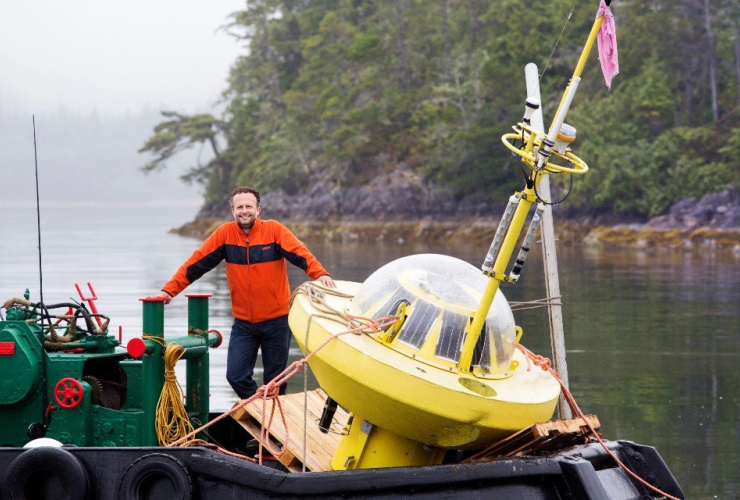An unprecedented global treaty to protect nature in the high seas was secured after a last and final push in negotiations that lasted nearly 40 hours over the weekend.
After close to two decades of discussion, five years of difficult negotiations, and a previous attempt to seal the deal, conference president Rena Lee announced an agreement on the UN High Seas Biodiversity Treaty late Saturday.
“The ship has reached the shore!” said Lee, of Singapore and the UN ambassador of Oceans and Law of the Sea Issues, to a standing ovation.
Necessary compromise for the treaty was reached at the nexus of exhaustion and determination, said Susanna Fuller, operations vice-president of Oceans North, a Canadian conservation group.
The first attempt last summer to finalize the treaty to protect life in the ocean and allow for the equitable and sustainable use of marine resources didn’t succeed.
Everyone knew there wouldn’t be enough political will, energy or money for a third attempt, Fuller said, noting international negotiators slept in hallways and conference rooms when they could.
“The last excruciating two days were because nobody wanted to leave there without an agreement.”
It is the first time a binding agreement has been reached to protect biodiversity in the ocean waters that lie beyond nations’ territorial boundaries — an area equal to half the planet’s surface, Fuller said.
Prior to the agreement, there was no legal framework to protect important hot spots of marine life in the high seas or for assessing the environmental impacts of human activities, such as fishing, mining and pollution, in those areas, Fuller said.
“We simply could not create marine protected areas on the high seas or protect biodiversity in the water column anywhere outside national jurisdictions,” she said.
Without an agreement to establish rigorous protections for marine conservation areas, it’d be near impossible for the international community to meet its promise to protect 30 per cent of the world's lands and ocean by 2030, Fuller added.
The landmark target was set to stave off the dual crises of climate change and biodiversity collapse during the UN biodiversity conference, COP15, hosted by Canada in Montreal in December.

A persistent sticking point during the treaty negotiations involved finances to ensure technology transfer and capacity building for the Global South, along with an equitable share of benefits from the development of marine genetic resources — such as pharmaceuticals or other products derived from marine plants or animals.
While imperfect, the treaty is workable and a strong starting point for protecting the world’s oceans by 2030 as promised, said Laura Meller, oceans campaigner for Greenpeace Nordic, in a statement.
“Now the hard work of ratification and protecting the oceans begins,” she said.
“We must build on this momentum to (stave) off new threats like deepsea mining and focus on putting protection in place.”
The treaty will be legally binding once it comes into force, likely in three years, said Fuller. The agreement represents a shift away from international ocean policy that typically focuses on the extraction of marine resources rather than conserving them, she added.
Securing a legally binding agreement on marine biodiversity in shared international waters is a big achievement, said Canada’s Fisheries and Oceans, Environment, and Foreign Affairs ministries in a joint statement released Monday.
“The effective governance of the high seas is integral for the protection of marine biodiversity, and this agreement will go a long way to support this goal,” the federal government said.
Beyond being a big win for ocean conservation, the treaty also illustrates there’s still hope for multilateral agreements in times of heightened political tensions, Fuller said.
“As messed up as our geopolitics are right now … when push comes to shove, at least we can get countries to the table on severe issues such as the biodiversity crisis and (agree) that something is needed on the high seas.”

Rochelle Baker / Local Journalism Initiative / Canada’s National Observer






Comments